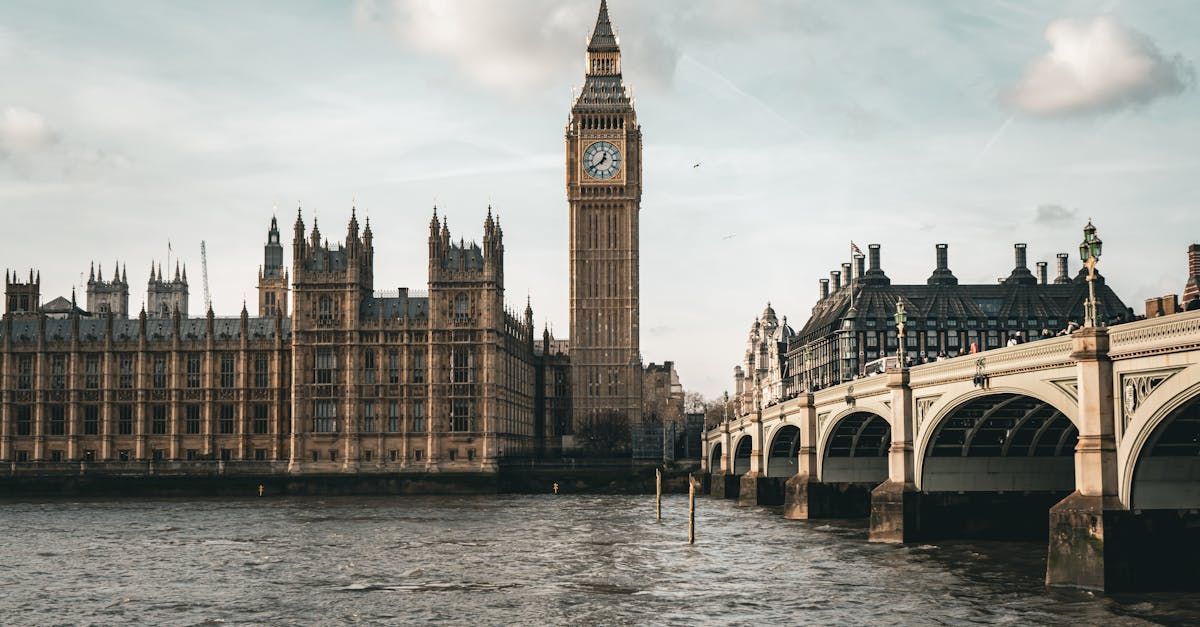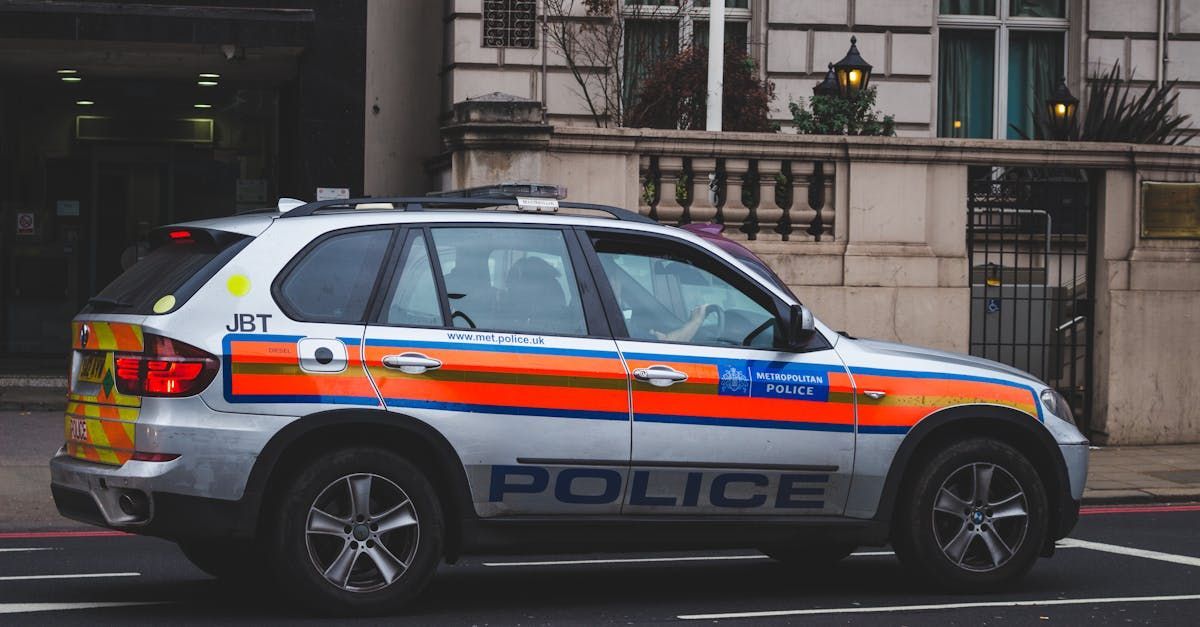Perfecting Public Services
Making the difference, supporting growth and improving your customers experience
We support everyone associated with the public services. Be it the front line organisations like central and local governments, emergency services and educators, to those wishing to supply these industries.
Knowledgeable in how to get you the information you need
Public Services - Case Studies
Just a brief view of some of the Research projects we have completed
List of Services
-
SPOKE WITH 2000 MEMBERS OF THE LGBT & MINORITY GROUPSList Item 3
We engaged with 2,000 members of LGBT and minority groups to gain a nuanced understanding of their perceptions of the police force, their experiences with reporting hate crimes, and the reasons behind low application rates for police roles among these communities.
Perceptions of the Police Force
Many participants expressed a deep-seated mistrust of the police, rooted in both personal experiences and broader community narratives. This mistrust is often reinforced by perceptions of institutional bias, lack of representation, and historic or ongoing negative interactions. Respondents described feeling that the police do not always take hate crimes seriously or respond with adequate sensitivity, which erodes confidence in the system and discourages engagement.
Reporting Hate Crimes: Barriers and Motivations
Despite a sharp rise in police-recorded hate crimes in recent years—reports of homophobic hate crimes more than doubled from 10,003 in 2016-17 to 26,824 in 2021-22, and transphobic hate crimes tripled in the same period
—the vast majority of incidents still go unreported. Government research and advocacy groups estimate that over 90% of anti-LGBT+ hate crimes are never reported to the police
Key reasons for under-reporting include:
Fear of not being believed or taken seriously: Many victims worry their experiences will be dismissed or minimised by officers lacking training in LGBT+ issues.
Anticipated or experienced discrimination: Some individuals fear secondary victimization or insensitive treatment, especially if previous interactions with law enforcement were negative.
Lack of confidence in outcomes: There is skepticism about whether reporting will lead to meaningful action or justice, with many citing low prosecution rates and inadequate support for victims
Privacy concerns and fear of being outed: For some, reporting a hate crime risks unwanted disclosure of their sexual orientation or gender identity.
Why Aren’t More LGBT and Minority Individuals Applying to Join the Police?
Participants identified several barriers to pursuing careers in policing:
Perceived lack of inclusivity and representation: Many do not see themselves reflected in the force, leading to the belief that the police is not a welcoming or supportive environment for LGBT or minority individuals.
Concerns about workplace culture: Fears of discrimination, harassment, or isolation within the force are common, with some citing stories of colleagues who faced such challenges.
Distrust of the institution: For some, the idea of joining an organization they or their community have historically distrusted is unappealing or even unthinkable.
Limited targeted recruitment or support: Few participants were aware of active efforts by police forces to recruit from LGBT and minority communities or to provide support networks for those who do join.
What Would Help?
Respondents suggested that the police could improve relationships and recruitment by:
Increasing visible representation of LGBT and minority officers.
Providing robust training on hate crime, diversity, and inclusion for all staff.
Establishing clear, accessible support systems for both victims and officers from minority backgrounds.
Engaging in sustained, transparent community outreach to rebuild trust and demonstrate genuine commitment to equality and justice.
Conclusion:
The findings highlight a critical need for police forces to address both the real and perceived barriers facing LGBT and minority communities. Only by fostering a culture of trust, accountability, and inclusivity can the police hope to improve hate crime reporting rates and attract a more diverse workforce—steps essential for delivering fair and effective public service
-
ENGAGED WITH 1500 PEOPLE AGED 14 TO 19List Item 1
We engaged with 1,500 people aged 14 to 19 to understand their perceptions and behaviors around railway safety—exploring both why railway environments appeal to young people and the gap between perceived and actual risk.
Why Do Young People Gravitate Toward Railway Environments?
Many respondents described railways as “exciting” or “forbidden” spaces, often perceived as shortcuts, places to hang out, or sites for dares and social media challenges. The sense of thrill, combined with a lack of awareness about the true dangers, makes railway tracks particularly appealing. Peer influence is significant: young people are more likely to take risks in groups, especially during school holidays when incidents double.
Some also cited boredom and a lack of safe recreational spaces as reasons for trespassing near tracks
Perceived vs. Actual Risk:
A striking finding is the disconnect between perception and reality. Only about a third of teenagers believe railways are genuinely dangerous, despite the fact that every four hours a teenager risks their life on the tracks in the UK.
Many underestimate the speed and quietness of trains, the danger of electrified lines, and the unpredictability of railway operations. Real-life stories, such as that of Tom Hubbard—who suffered life-changing injuries after coming into contact with overhead wires—underscore the devastating consequences, but these stories are not always widely known among youth.
Actual Safety Statistics:
In the UK, the number of teenagers taking risks on railway tracks has jumped by 80% in the past five years, with a record number of young people losing their lives or suffering life-altering injuries
Across Europe, the majority of railway fatalities involve unauthorised people on railway premises—58.4% of all railway deaths in 2023 were in this category
These are not typically railway passengers but trespassers, highlighting the scale of the issue.
The summer months see a sharp increase in incidents, correlating with school holidays and more free time for young people
Why Don’t Safety Messages Always Land?
Despite high-profile campaigns like “You vs Train,” many young people remain unaware of the real risks. Our research found that messages are most effective when they feature real stories, peer testimonials, and visual evidence of consequences. However, many teens still see the railway as a low-risk environment or believe they can “outrun” or “avoid” trains. There is also a perception that “it won’t happen to me,” which reduces the impact of traditional warnings
Recommendations from Young People
Participants suggested that safety campaigns should:
Use social media and influencers to reach them where they are most active.
Share real-life stories and survivor accounts to make the dangers tangible.
Offer alternative safe spaces for recreation to reduce the temptation to trespass.
Involve schools and parents in ongoing conversations about railway safety, not just one-off assemblies or leaflets.
Conclusion:
The insights from this engagement highlight the urgent need for sustained, youth-focused safety education that bridges the gap between perceived and actual risk. Only by addressing the social, psychological, and practical reasons young people are drawn to railways—and by making the dangers real and relatable—can public services hope to reduce the rising tide of tragic incidents on the tracks
-
SPOKE WITH 300 PEOPLE WITHIN A LOCAL COMMUNITYList Item 4
Engaging with a Local Community: Emergency Services Trust and Vehicle Damage
Background
In response to repeated incidents of emergency service vehicles being damaged on a local estate, we were commissioned to engage with 300 residents to understand the underlying attitudes toward the emergency services and to identify actionable steps for rebuilding trust and cooperation.
Key Findings
Community Attitudes and Perceptions
Historical Distrust: Many residents expressed a longstanding mistrust of the emergency services, rooted in past negative experiences, perceived heavy-handedness, or a belief that their concerns are not taken seriously by authorities.
Perceived Lack of Respect: Some community members felt that emergency personnel did not understand or respect the unique challenges faced by residents, leading to a sense of “us versus them.”
Frustration with Response Times and Outcomes: There was frustration over perceived slow response times, unresolved incidents, and a lack of feedback after emergencies, which contributed to a sense of neglect.
Youth Disengagement: Younger residents, in particular, reported feeling alienated from emergency services. Some described acts of vandalism as a form of protest or a way to gain peer approval, rather than as targeted hostility.
Why Vehicles Are Targeted:
Symbolic Acts: Damaging emergency vehicles was often seen as a symbolic act against authority, rather than a personal vendetta against individuals.
Peer Influence: Incidents were frequently group activities, with peer pressure playing a significant role.
Lack of Awareness: Some residents, especially youths, underestimated the impact of their actions on community safety and the ability of emergency services to respond to genuine crises.
Bridging the Gap: Community Suggestions:
Residents offered a range of ideas for improving relations and reducing incidents:
Community Engagement Initiatives:
Regular, informal meetings between emergency services and residents to discuss concerns and build relationships.
Open days and “meet the team” events to humanize emergency personnel and foster mutual understanding.
Youth Outreach Programs:
Workshops in schools and youth centers to educate young people about the vital role of emergency services and the real-life consequences of vandalism.
Opportunities for young residents to participate in ride-alongs or shadow emergency workers.
Feedback and Accountability:
Clearer communication about how the emergency services respond to incidents and what actions are taken.
Mechanisms for residents to provide feedback and see tangible changes as a result.
Visible Community Investment:
Joint community improvement projects, such as neighborhood clean-ups or safety campaigns, involving both residents and emergency service teams.
Local Representation:
Recruiting more emergency service personnel from within the community to ensure cultural understanding and representation.
Conclusion:
The research made it clear that rebuilding trust requires consistent, genuine engagement and a willingness to listen on both sides. By implementing the community’s suggestions, emergency services can move from being seen as outsiders to valued partners—reducing vandalism, improving response effectiveness, and fostering a safer, more cohesive neighborhood.
-
GAINED OPINIONS FROM 500 MEMBERS OF THE GENERAL PUBLIC
We engaged with 500 members of the general public in a West Midlands city to gauge opinions on the proposed introduction of a Low Traffic Neighbourhood (LTN) and its potential impact on daily life and the local community.
Key Findings:
Older residents and non-drivers were somewhat supportive of the LTN concept. They cited hopes for safer streets, reduced air pollution, and more opportunities for walking and cycling—aligning with broader regional goals to improve air quality and encourage active travel.
Many in these groups believed that LTNs could help make neighborhoods more pleasant and healthier, particularly for children and older adults.
The majority, however, opposed the LTN proposal. The most commonly cited reasons were:
Concerns about transport and accessibility: Many drivers feared that LTNs would increase congestion on surrounding roads, make car journeys longer, and complicate access for essential services or those with mobility issues.
Impact on local businesses: There was widespread anxiety that restricting through-traffic would deter customers and deliveries, potentially harming shops, cafes, and service providers within the affected area
Scepticism about effectiveness: Some respondents doubted that LTNs would meaningfully reduce air pollution or road danger, arguing that traffic would simply be displaced to other streets rather than eliminated
Lack of consultation and transparency: Several participants expressed frustration at what they saw as insufficient engagement from local authorities, with concerns that decisions were being made without fully considering the needs and realities of all residents
Context and Broader Implications
The debate around LTNs in the West Midlands reflects national and regional trends. While LTNs are designed to encourage walking, cycling, and cleaner air—goals supported by regional strategies and government funding
—their rollout often generates polarized views, especially where car use is high or local businesses are perceived to be at risk
Research from Birmingham and other West Midlands areas shows that successful LTN implementation depends on careful planning, ongoing consultation, and clear communication about the benefits and trade-offs.
Community support is stronger when schemes are adapted in response to local feedback and when authorities provide evidence of positive outcomes, such as improved safety or air quality
Conclusion:
While LTNs have the potential to deliver environmental and health benefits, our engagement revealed significant public concern about their practical impact—particularly among drivers and business owners. For LTNs to gain broader acceptance, local authorities must address these concerns directly, ensure transparent consultation, and demonstrate a willingness to adapt plans based on ongoing community input






